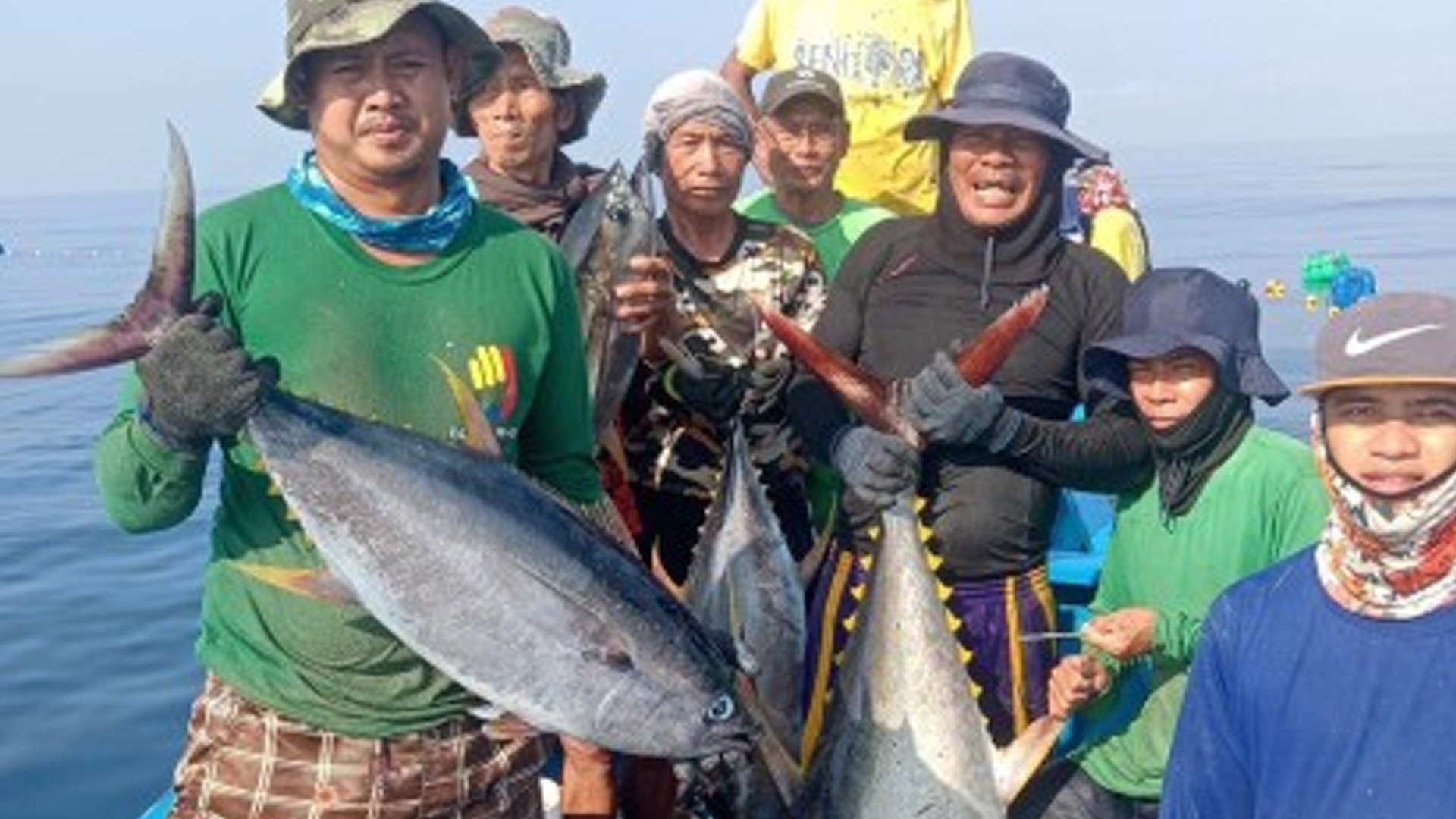The Bureau of Fisheries and Aquatic Resources (BFAR) on Monday said measures are in place to ensure the safety of local fisherfolk at the West Philippine Sea, and support food security.
In a virtual forum on Monday as part of the National Fish Conservation Week, BFAR Ilocos extension and training chief lawyer Girlie dela Peña said the agency conducts forum to educate the fishermen about the issue and the government’s stand on it.
She said they have learned from the fishermen that they fish only during the night unlike before when they can freely fish anytime.
She, thus, assured stakeholders that a whole-of-nation approach action plan has been crafted, led by the Department of Interior and Local Government (DILG) while BFAR’s task is on food security.
“While the security is the concern of the Armed Forces of the Philippines to solidify and strengthen our claim on the West Philippine Sea, BFAR focuses on food security,” she said.
Dela Peña said national government agencies are able to determine the support needed by the fisherfolk through the various fora they conduct.
She said local government units in the coastal areas were also asked to come up with their own action plan for the West Philippine Sea, and BFAR would provide funds from the PHP1.2-billion allocation for such plans.
BFAR Ilocos regional director Rosario Segundina Gaerlan, during the same event, said a total of seven commercial fiber glass-made fishing boats and one steel-hulled boat were given to the different fisherfolk groups in the region.
Also given as interventions are fish aggregating devices like “payaw” (bamboo trap), “lambat” (net) projects, and seaweed production, among others.
Gaerlan said the region has around 200 percent sufficiency in fish production.
“We produce around 30 to 50 metric tons of fish daily,” she said.
Based on the report of the Philippine Statistics Authority, Ilocos Region posted 23,819.94 metric tons in aquaculture production in the first quarter of 2024, 7.9 percent lower than the 25,874.87 metric tons on the same period last year.
Majority of the region’s aquaculture production come from Pangasinan.
Marine cage comprised the 69.5 percent of the total aquaculture production in the region and the region’s highest produce is milkfish. (PNA)






















